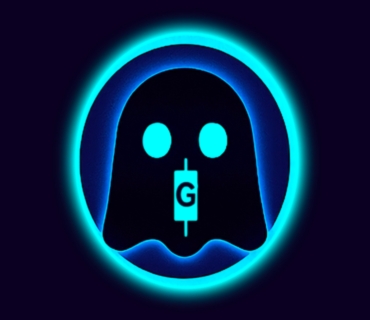Decentralization means that control and decision-making power are not held by a single authority but are distributed across many participants. In the context of cryptocurrency and blockchain, decentralization removes the need for banks, governments, or corporations to verify and approve transactions. Instead, a network of independent computers—called nodes—works together to maintain and validate the system.
Why It Matters
Traditional financial systems rely on central authorities to keep records, process payments, and enforce trust. This creates points of failure and the potential for censorship, corruption, or manipulation. Decentralization eliminates these vulnerabilities by spreading control across a network, ensuring that no single actor can change the rules for personal gain.
A decentralized blockchain can continue to operate even if parts of the network go offline or are attacked, making it more resilient, transparent, and open to everyone, regardless of location or status.
How It Works
Each node in a decentralized network keeps a copy of the same ledger. When a transaction is submitted, it is broadcast to all nodes. Through a consensus mechanism—like Proof of Work or Proof of Stake—the network agrees on which transactions are valid. Once verified, the transaction becomes part of the permanent blockchain history.
This shared process replaces the need for trust in one institution with mathematical and cryptographic certainty provided by the network itself.
Real-World Examples
-
Bitcoin (BTC) was the first decentralized currency. It operates without a central bank, relying instead on miners and global nodes to maintain its blockchain.
-
Stellar (XLM) and Hedera (HBAR) also operate decentralized networks where validators are spread across independent organizations, ensuring fairness and reliability.
-
Ripple (XRP Ledger) balances decentralization with efficiency through a unique consensus protocol managed by multiple validators worldwide.
Each project approaches decentralization differently, balancing speed, governance, and security.
The Challenges of Decentralization
While decentralization increases transparency and security, it can also make networks slower and harder to coordinate. Governance decisions—such as updates or rule changes—must be agreed upon by many participants, often leading to delays or debates. Additionally, complete decentralization can make customer protection and legal accountability more complex.
Summary
Decentralization is the foundation of blockchain technology. It shifts power from a few centralized authorities to many independent participants, creating systems that are fairer, safer, and more resistant to censorship. For newcomers to crypto, understanding decentralization helps explain why blockchain is considered one of the most important technological movements of the modern age.



Add comment
You must be logged in to post a comment.